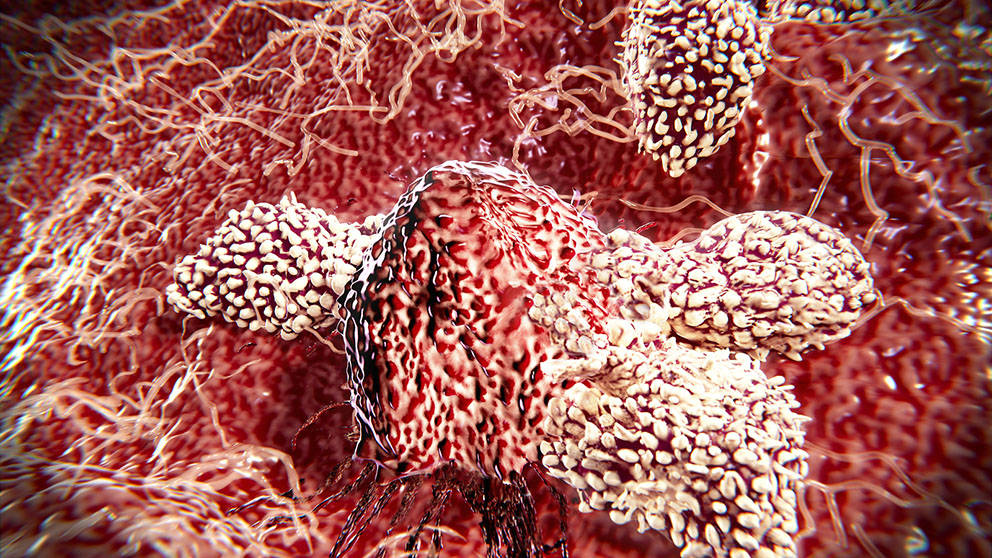
Immune checkpoint blockade is an exciting new cancer therapy. The body’s natural brakes on immune function — usually needed to prevent autoimmunity and/or an overly vigorous immune response — can be a negative when it comes to detecting and attacking cancers. Blocking the checkpoints has led to some dramatic success stories for some lung cancer and melanoma patients, as their own cells have attacked and killed their cancers when no other effective therapy was available.
Nonetheless, the therapies need improvement. They are still unsuccessful for most patients, and there have been severe, even lethal, side effects. Understanding how to generate a robust, effective yet regulated response is a vital next step. A recent paper in Nature Medicine has shown ways that take that next step in mice, and their findings may translate to human patients as well.
In a commentary on the paper also appearing in Nature, Jackson Laboratory Professors Karolina Palucka, M.D., Ph.D., and Jacques Banchereau, Ph.D., show how a four-pronged therapeutic strategy led to complete responses for large tumors. The protocol takes into account the complex interplay between the innate and adaptive immune systems, activating multiple arms of the full immune response. Employing a tumor-targeting antibody, an engineered version of IL-2 (which supports T cell proliferation), anti-PD-1 (the checkpoint blockade agent) and a T cell vaccine, the researchers were able to create a self-perpetuating immune response. It also worked without causing toxicity in the mice.
The combination therapy mechanisms and how to stimulate them in humans needs to be much better understood. Patient-to-patient variations, tissue-specific and tumor-specific requirements, and more will need to be further studied before an effective combination therapy is ready for clinical trials. Nonetheless, the paper is an important step in this promising new field, pointing the way to more effective immunotherapies for future cancer patients.
Nature Medicine 22, 1390–1391 (2016)
doi:10.1038/nm.4249